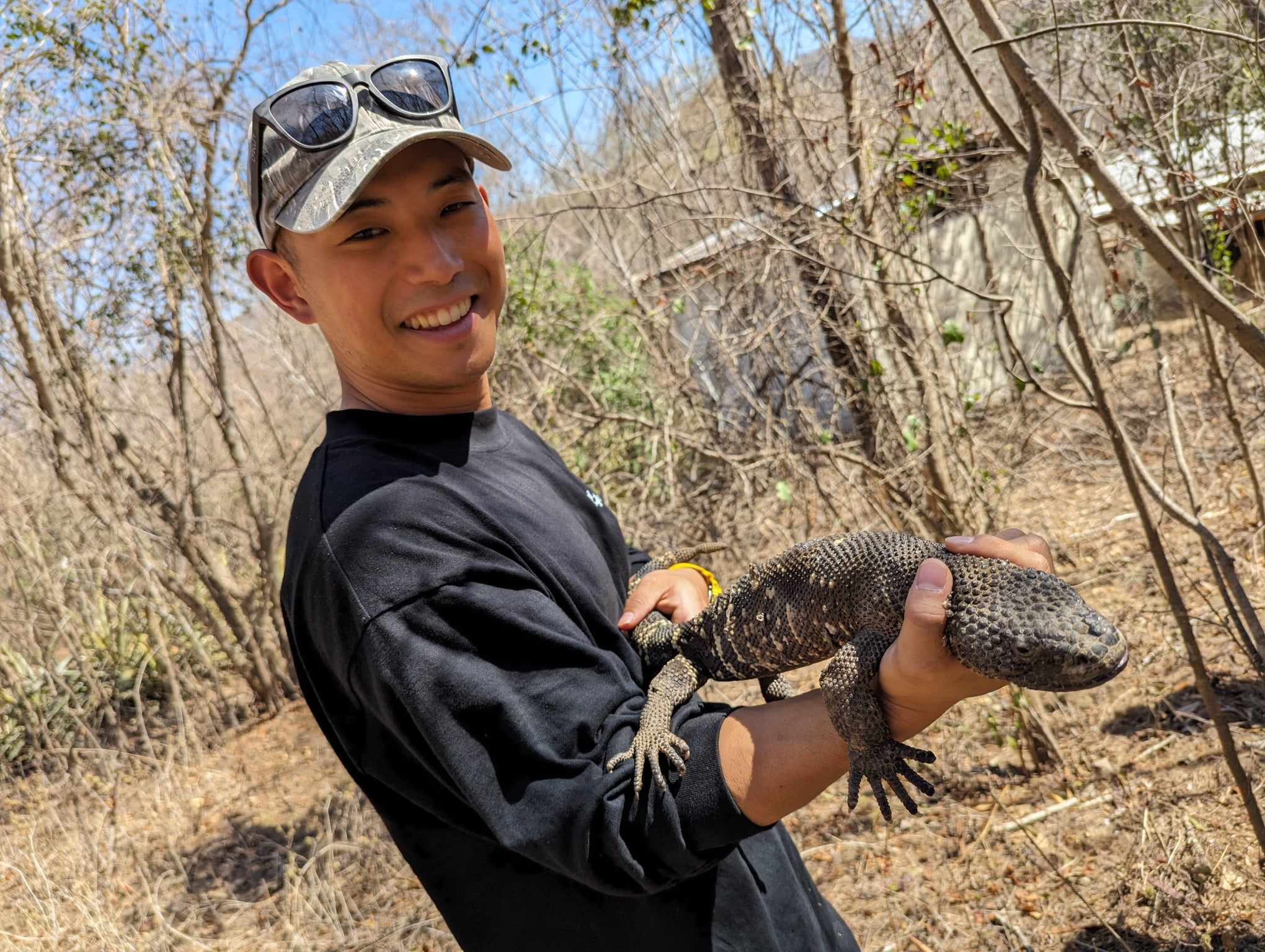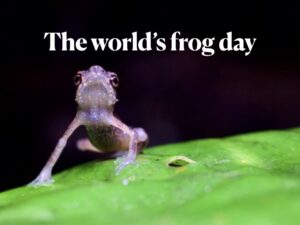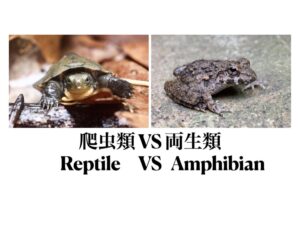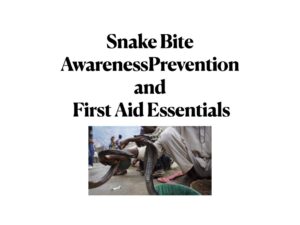What exactly does ecotourism refer to? And how does it protect nature and support local livelihoods?
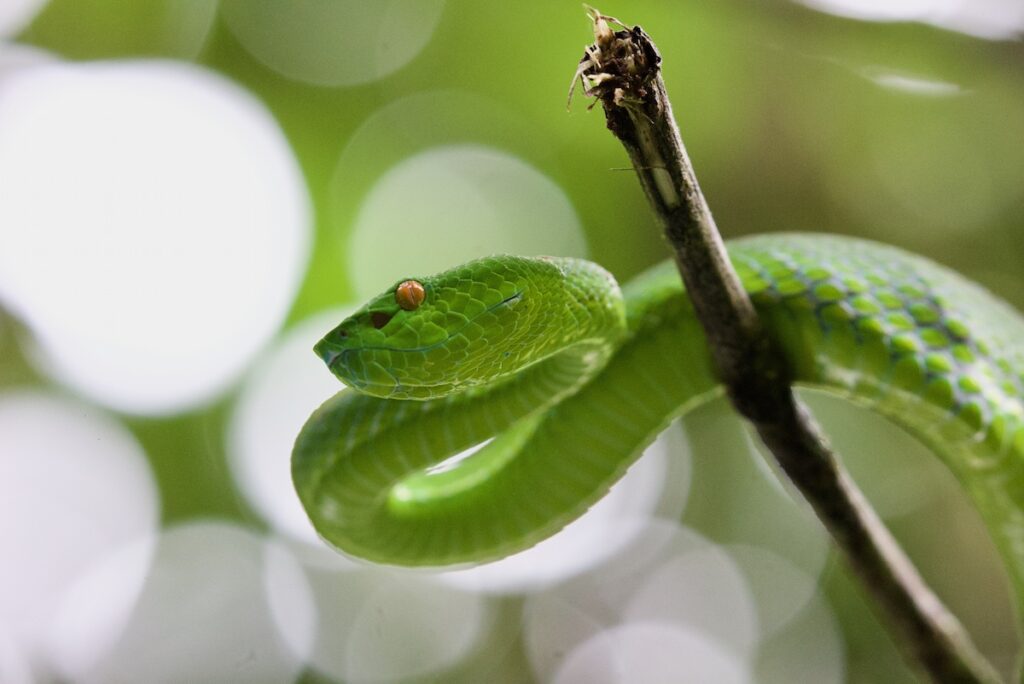
What is Ecotourism?
Ecotourism refers to the activity of traveling to a destination in a way that preserves the natural environment and culture while promoting sustainable tourism. Specifically, it has the following characteristics:
- Nature Conservation: Protecting the environment and ecosystems of the visited areas.
- Local Contribution: Providing income to local people and stimulating the regional economy.
- Educational Opportunities: Giving travelers the chance to learn about the environment and local culture.
These efforts reduce the risks of tourism causing environmental degradation or cultural loss and bring benefits to both local communities and visitors.
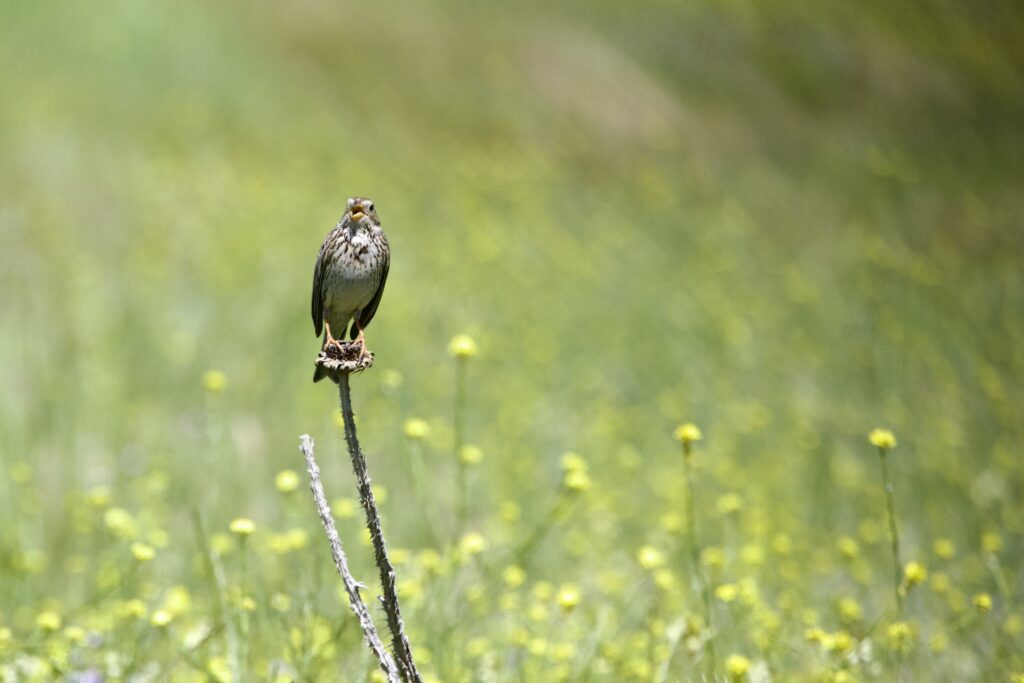
The Positive Impacts of Ecotourism
Ecotourism brings many positive effects to both local communities and the natural environment.
1. Economic Benefits
By attracting tourists through ecotourism, new sources of income can be provided to local residents. This is especially important in areas where people lead a subsistence lifestyle and have limited income beyond farming or fishing. In such regions, income from tourism plays a crucial role.
2. Promoting Environmental Protection
Protecting nature directly contributes to the sustainability of the tourism industry, which raises local awareness about environmental conservation. Additionally, tourists, by witnessing the beauty of nature firsthand, often develop a renewed appreciation for its importance.
3. Preserving Local Culture
Through tourism, local cultures and traditions can be preserved and passed on to future generations. When tourists experience regional culture, it provides an opportunity for the local people to re-evaluate and cherish their own cultural heritage.
A Real-Life Example
Here’s a story I heard from locals in Ecuador. A farmer had considered clearing a portion of his land to raise a single cow. However, he discovered that there was a rare bird living in the forest. He set up a feeding station to attract the bird, and soon tourists began paying an entrance fee to photograph it. This income turned out to be far greater than what he would have earned from raising and selling a cow.
Moreover, because the bird typically appears early in the morning, tourists began using nearby accommodations, local restaurants thrived, and even transportation services like taxis saw an increase in earnings. As a result, people who had never shown interest in the bird before started learning more about it. This led to researchers visiting the area, collaborating with the locals, and gathering valuable data they had previously been unable to obtain. Thanks to this data, they were able to identify the bird’s specific environmental needs, allowing for more effective conservation efforts.
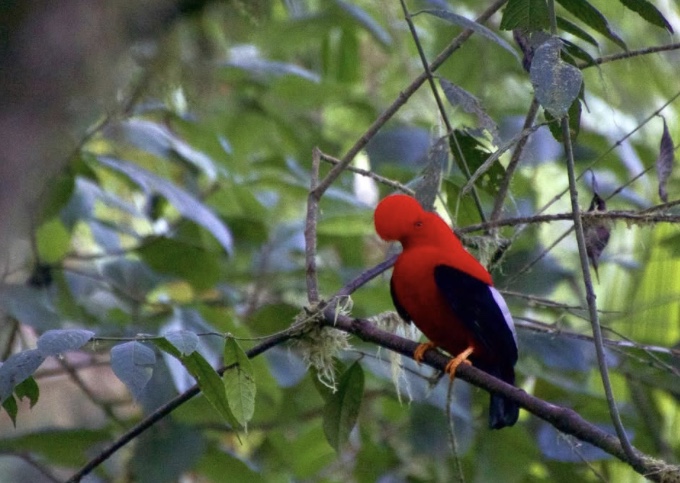
Meeting and Protecting Your Favorite Creatures
Ecotourism not only helps protect nature, but it also brings new hope to local communities. By experiencing the beauty of animals in their natural habitats, local people can earn a living by conserving these creatures. I encourage you to go on an ecotourism adventure yourself!

